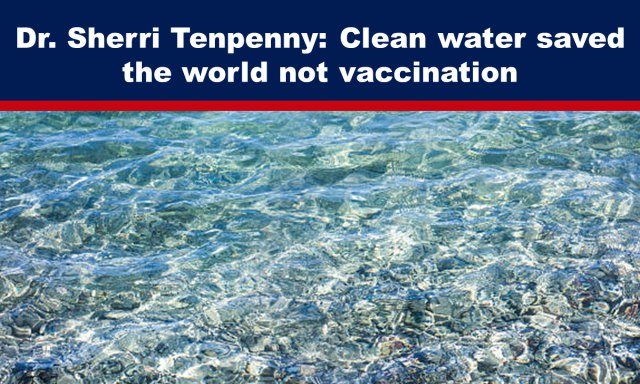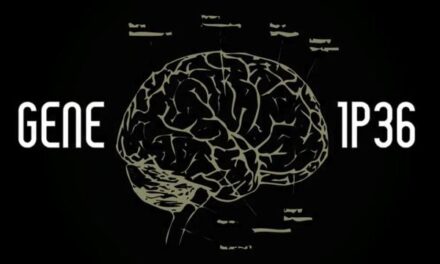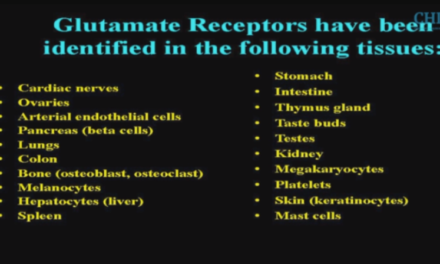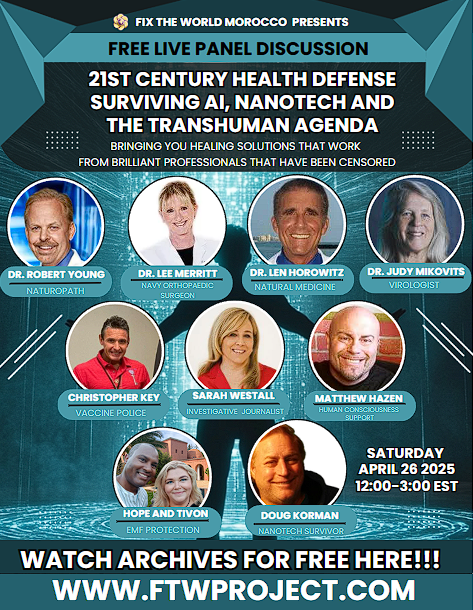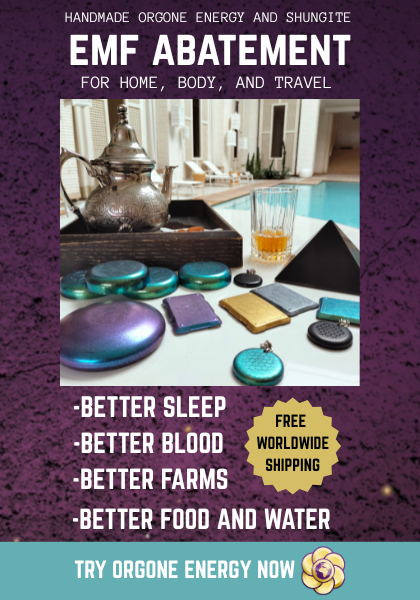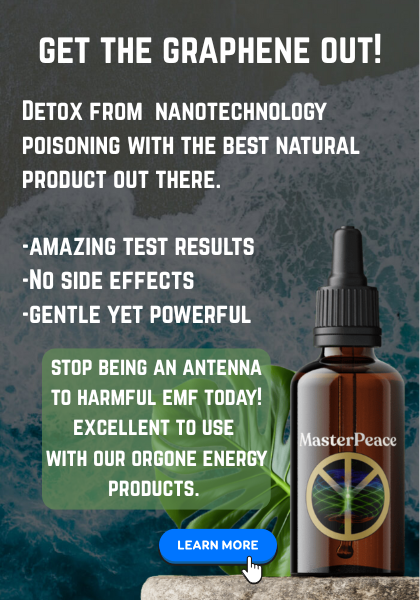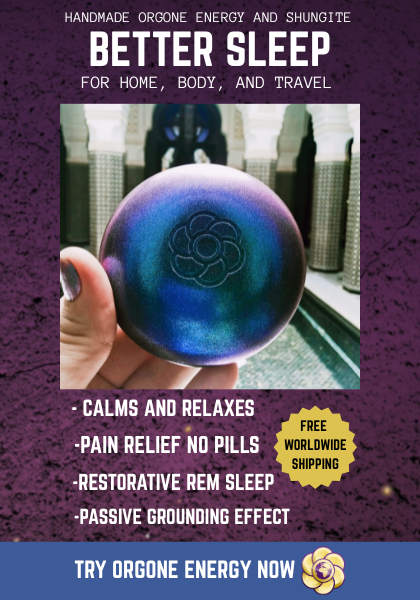Vaccination didn’t save the world from diseases. The real heroes, the technology that changed the course of history and public health, are: clean water, sewage treatment for municipalities and electricity to support refrigeration.
Clean Water Saved the World Not Vaccination
Just prior to the turn of the century, sporadic attempts were made to improve sanitation. Cities began to pave roads, institute garbage collection, and construct garbage dumps. The early water treatment plants had systems that were inadequately designed and often became clogged with human excrement and animal debris from the street.
It’s difficult to imagine the state of filth that Americans had become accustomed to living in the early 1900s. The 1912 annual report from the New York City Health Department included,
“… the removal of 20,000 dead horses, mules, donkeys and cattle from the streets in addition to nearly half a million smaller animals such as pigs, hogs, calves, and sheep, which amounted to disposal of more than 5 million pounds of spoiled poultry, fish, pork and beef which eventually ended up in the municipal water supplies.”
It’s no wonder that the report also highlighted the sheer volume of complaints – over 343,000 in total – about the foul smell due to poor ventilation and unlicenced manure dumps. (source: pg. 11).
In 1872, the introduction of water filtration in the US was a significant step towards improving public health. Initially aimed at addressing discolouration and removing bad taste and foul odour, filtration soon proved to be a game-changer. It not only eliminated turbidity, foul colour and nearly 99% of the swarming bacteria but also set a new standard for the “quality” of treated water.
However, when outbreaks continued to occur, chemists experimented with several disinfecting methods, including boiling, ultraviolet rays, ozone, copper, silver and chlorine. However, cost considerations and ease of use produced a clear winner: chlorine.
First used in the paper and textile industries, calcium hypochlorite, a stable, white solid that contains 65% available chlorine and dissolves easily in water, was cheap, readily available and easy to use on a large scale. It was already being used to clean the water in the Chicago Stockyards.
Jersey City, New Jersey, was the first urban city to use chlorine to clean up its water. In 1899, the city contracted to build a dam, a reservoir and a pipeline to deliver water to the city from the Rockaway River, 23 miles away. When it was completed, city officials were not pleased with the outcome. At certain times of the year, sewage water polluted the reservoir and the city water. A lawsuit was filed on the grounds that the water was not “pure and wholesome” as was required by the contract. The construction company was forced to remove the sources of contamination and build a new watershed area. Once completed, the City filed another lawsuit, baulking at the steep price tag, equivalent to more than $175 million in today’s dollars.
Bacteriological techniques had advanced in the time it took to construct the new dam. Engineer George Warren Fuller was retained to build a chlorine feed system to deliver millions of gallons of decontaminated water per day to the city. From the first day of implementation, it has continued to feed various forms of chlorine into the water supply. 26 September 2016, marked the 108th year of continuous use of chlorine in the water supply.
Following the successful implementation of chlorination in Jersey City, many other cities quickly adopted this method with impressive results. In 1900, waterborne diseases accounted for nearly one-fourth of all reported deaths in major cities. By 1936, with the widespread introduction of clean water technologies to municipal water, overall mortality was reduced from infectious causes by about 43%. In 1941, it was estimated that 85% of US drinking water was chlorinated. Clean water technologies, sand filtration combined with chlorination, reduced typhoid fever mortality by more than 90% by 1956.
The cornerstone of this revelation and review comes from a paper by Cutler and Miller from Harvard University, published in 2004:
“Our results also suggest that clean water was responsible for a 74% decline in infant mortality and nearly 62% decline in child mortality. The magnitude of these effects is striking. Clean water also appears to have led to the near eradication of typhoid fever [and other] scourges such as pneumonia, tuberculosis, meningitis, diphtheria, and croup. Clean water technologies are likely the most important public health intervention of the 20th Century.”
The massive number of immigrants who came to the US in the late 1800s brought with them pathogens associated with poor hygiene. Four vaccines – against typhoid fever, cholera, rabies, and plague – had been developed late in the 1800s, but none were widely used, nor were they very effective. Few treatments existed for infection. Penicillin, the first antibiotic, was not discovered until 1929 and not put into widespread use until the early 1940s. The only routinely given vaccination was smallpox.
By 1868, more than 95% of Chicago’s inhabitants had been inoculated with the smallpox vaccine. After the Great Chicago Fire of 1871, vaccination was required to receive relief supplies. Despite a near-100% vaccination rate, the city was hit with a devastating smallpox epidemic in 1872. More than 2,000 persons contracted smallpox and more than 25% of those infected died. The fatality among children under five was the highest ever recorded.
Vaccinating the entire city did not create herd immunity, and it did not protect the population from contracting smallpox. Despite these – and many other failures – vaccination is continually promoted as one of the “greatest medical achievements of modern civilisation.” The real heroes, the technology that changed the course of history and public health, are rarely mentioned: clean water, sewage treatment for municipalities and electricity to support refrigeration.
In the 21st century, more than half of the world’s population, more than 3 billion people, live in small cities or rural towns. Most of the poor have no access to clean drinking water or reliable sanitation. In fact, the majority of people worldwide still practice open defecation. Coupled with inadequate nutrition and no refrigeration to protect food from flies, maggots and other pathogens, health issues and infections continue to be a major problem and primary cause of death in Third World nations. As far back as 2005, the World Bank, in conjunction with the World Sanitation Program (WSP.org), found a 47% reduction in diarrhoea and death by dehydration among children in remote villages.
Rotary International, the WHO, UNICEF, GAVI, WEF, and the Gates Foundation have poured tens of billions of dollars into vaccinating malnourished children who lack sanitation, water, refrigeration and education. Instead of pushing money into polio, measles and rotavirus vaccines, think of the global problems that would have been solved if those same dollars had been allocated to the most important health intervention in the world’s history: clean water.
Notes:
Information on chlorine in the water supply was taken from several sources:
- Documentary History of American Water-works
- “The Chlorine Revolution: Water Disinfection and the Fight to Save Lives.” Michael J. McGuire. American Water Works Association. 2014.
- Summary Report: Drinking Water and Health. National Academy of Sciences. 1977. pg. 68-72.
- “The Role of Public Health Improvements in Health Advances: The 20th Century United States,” by David Cutler and Grant Miller. Harvard University. February, 2004. PMID: 15782893, DOI: 10.1353/dem.2005.0002
- “Medicine in Chicago 1850–1950: A Chapter in the Social and Scientific Development of a City, American History Research Center,” Thomas Neville Bonner. Madison, Wisconsin, 1957, p. 182.
Source: https://expose-news.com/2024/07/14/clean-water-saved-the-world-not-vaccination/
Bitchute: https://www.bitchute.com/channel/YBM3rvf5ydDM/
Telegram: https://t.me/Hopegirl587
EMF Protection Products: www.ftwproject.com
QEG Clean Energy Academy: www.cleanenergyacademy.com
Forbidden Tech Book: www.forbiddentech.website

